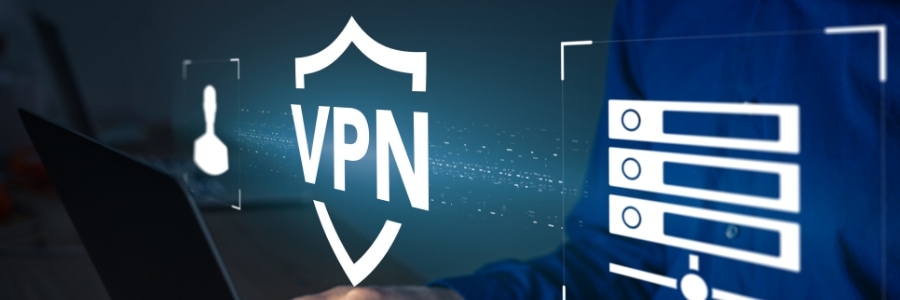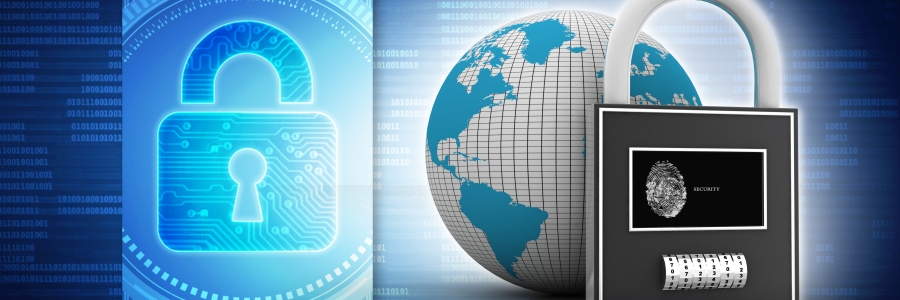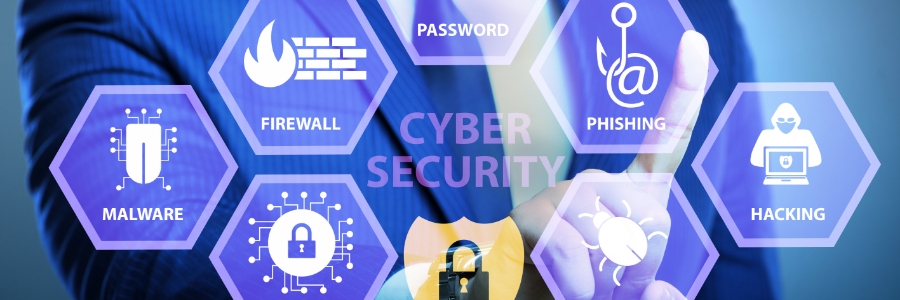Are you forgetting something when it comes to your business’s security strategy? It’s likely you are, and cyber criminals are already taking advantage.
Don’t forget home office security


Are you forgetting something when it comes to your business’s security strategy? It’s likely you are, and cyber criminals are already taking advantage.

While there are many security measures one can take, the most basic but also crucial step in protecting your online presence involves creating strong passwords. However, many people still don’t know what specifically constitutes a strong and secure password.

Threats lurk in every corner of the digital space, and businesses need to take extra steps to safeguard their data from malicious actors. Fortunately, there are a range of tools and technologies that your business can use to enhance its cybersecurity.

Cyberattacks are becoming increasingly sophisticated, making it crucial for business owners to proactively safeguard their sensitive information. One powerful method that can significantly enhance your cybersecurity strategy is performing an IT security audit.

Everyone from cybercriminals to government agencies can attempt to monitor and access your data on the internet. To protect yourself, you need a virtual private network (VPN), which encrypts data sent from your computer to the internet. However, not all VPNs are created equal.

Small and medium-sized businesses (SMBs) often face challenges in protecting their IT systems from cyberattacks. One of the most important steps that SMBs can take to solve such issues is to be aware of the most common ways their systems can be breached.

As technology advances, so do the risks associated with cyberthreats. Understanding basic cybersecurity terms is essential for business owners to protect their assets, data, and reputation. In the following sections, we’ll explore key cybersecurity terms and concepts that every business owner should be familiar with.

As technology continues to advance, small- and medium-sized businesses (SMBs) face increasing cybersecurity risks. Protecting sensitive data and maintaining a secure online environment is crucial for the success and longevity of SMBs, but without the right resources and expertise, this task can be daunting.

With its ability to evade traditional antivirus solutions, fileless malware poses a significant challenge to organizations and individuals alike, as it can cause severe damage without leaving any traces behind. In this article, we will delve into the intricacies of fileless malware, explore how it works, and discuss effective strategies to protect against this invisible threat.